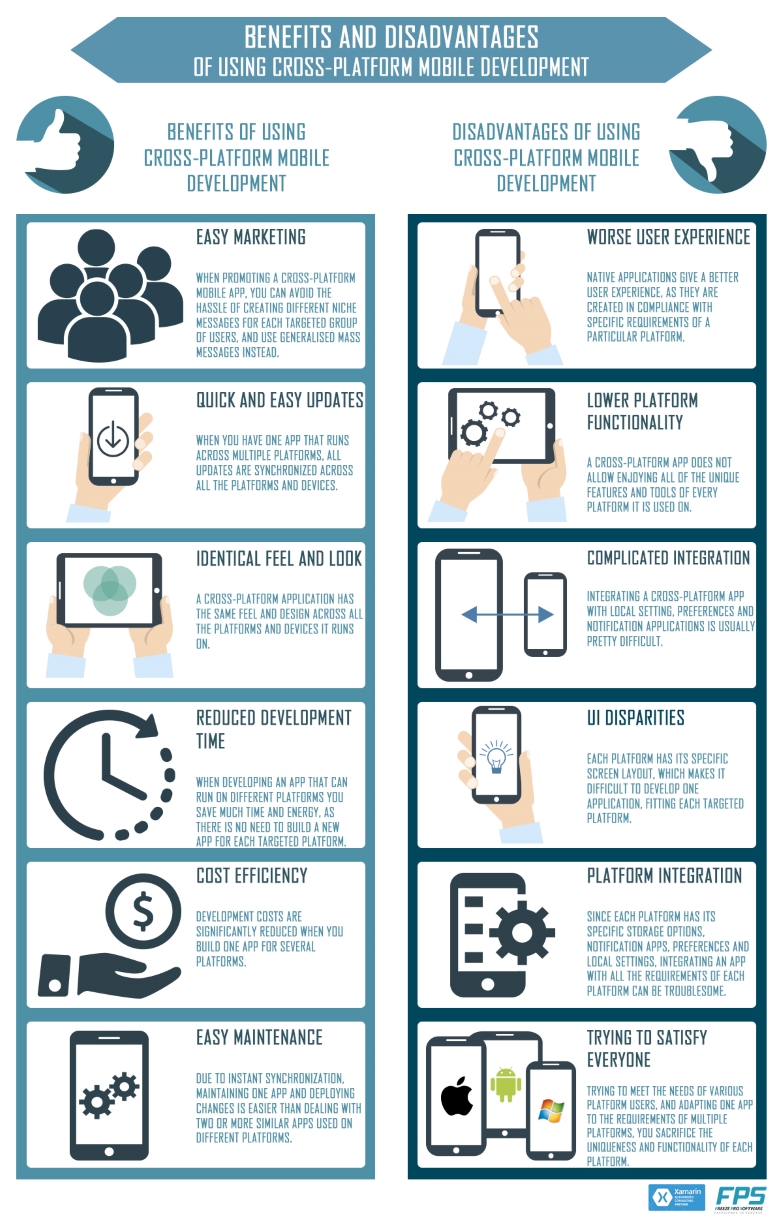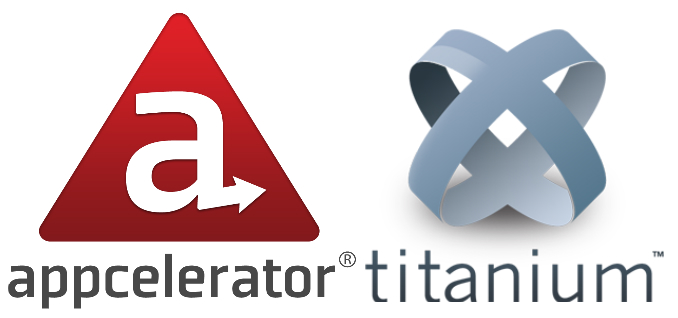Outsourcing mobile application development is a fast emerging and popular branch of web development. It has its roots in more traditional software development. Mobile apps are designed precisely to take advantage of the unique features of mobile devices. Using the iPhone’s accelerometer is a good example of adapting special features of a mobile gadget. Developing the application natively on the device is a great way to ensure software’s optimum performance. You may not possibly create a code that works properly for every platform. But if you are reading this article, you probably know a lot about mobile application development. Today we are going to focus our attention on how to outsource application and development and will talk about best platforms for mobile development outsourcing.
Mobile App Development – Search Trends

Considering outsourcing mobile application development is a rather good idea. You might be wondering why. That’s simple – you get many advantages, including time- and money-saving opportunities. It will give you a chance to concentrate your efforts on marketing and advertisement. Of course, you will have to ensure that the app makes it from conception to launching, which is relatively harder in with outsourcing. But results are worth the effort. We have some tips for you to maximize the outcome of mobile outsourcing development.
Before even looking for a developer or a company, you need to have a clear definition of what you want from your mobile application and how it should look. Later on, you will be able to adjust to adjust your �RFP �during your consulting with prospective developers. Consider reviewing such important features as social media integration, multitasking or single-task application, cross-platform or a native application etc. Without having the answers, you will not be able to proceed. Only afterward this specific preparation stage you may seek a �vendor�.
It’s highly important to know what you want from your project. You will need this information to hire the appropriate development company. It will help you to avoid overpaying or hiring an underqualified vendor. Do not forget to ensure that the company has experience related not only to your industry but to the type of project you embark on. For sure, you will not hire a top mobile game developer to build a simple application for your team. Outsourcing is a popular practice in the modern world. Countries like India and China provide a great number of developers. However, working with vendors from these countries, you may have communication issues due to cultural peculiarities and different time zones.
Eastern European providers are highly praised for reserved prices and talented teams with scrupulous approaches. Here in FreezeProSoftware, we emerge a great number of services able to adjust your workflow. Starting with custom application development and up to IT consulting, we focus our endeavors on providing the clients with the best of the best. No matter if you have a huge enterprise or a small group of enthusiasts, we will find a mutually satisfying solution for your requirements. Being a certified Xamarin developer, FreezeProSoftware never ceases to amaze its clients with high-performance applications. 10 years of successful outsourcing probably speak loud enough.
Now let’s move on to best platforms for mobile app development outsourcing.
1. Xamarin

Xamarin is a great multipurpose platform for developing, testing, and monitoring of cross-platform applications. It uses both #C and .NET, which allows creating a robust mobile app. It shares the same code across all major platforms, including Android, iOS, and Windows. Moreover, Xamarin is probably the only framework able to cover these mobile platforms without quality or performance loss. Being one the most time- and cost-efficient tools, this framework is also great because developers can share about 75% of coding across all major platforms. Therefore, they no longer have to rewrite codes for each device – they just accomplish it with additional features intrinsic for every platform. Do not forget about quality assurance and functionality testing, provided by Xamarin. The main disadvantage of Xamarin is that it cannot use various open-space libraries for Android and iOS development. What you see on the surface is that this framework ensures native-alike customizable UI and good performance. Since this platform uses native UI components, unique UI code is required for each platform separately. It makes development quite time-consuming in this case. Code developed in Xamarin is not reusable for native applications. However, the majority of mobile app development companies prefer Xamarin – and for a good reason.
2. Appcelerator’s Titanium

Titanium is an open-source platform with a huge ‘fandom’. It allows creating native mobile applications using HTML, CSS, and JavaScript. The numbers are incredible – 35,000 cross-platform applications and more than 250,000 mobile developers. Application building becomes even easier with Titanium because it gives an opportunity to develop software rapidly and in a very flexible way, which would take several days with other platforms. The prototype you create with Titanium will help you evaluate the user’s interaction with the UI. It is also useful for developing apps that interact with web services (because Titanium’s creators used web technologies to construct it). Working in Titanium is quite complicated and requires advanced skills. And no freemium, of course. Free version practically exists but exists poorly and in part. Aside from Titanium Developer, you may also use Eclipse-based IDE, Titanium Studio, to manage projects and test your applications. We have already mentioned that Titanium has a huge community. Well, you should also know that they have launched Open Mobile Marketplace where people buy, sell, and share templates, modules, design elements etc. The framework has also acquired Cocoafish (a backend enabling to build connected apps), which allows implementing cloud services and functionality in its platform. It would be right to say that Titanium’s future looks stunning.
3. AppBuilder

AppBuilder is mainly used as an ICE, which noticeably eases cross-platform mobile development. It combines the power and flexibility of the cloud with the convenience of the local development environment. It ensures a rapid and effortless cross-platform application development. AppBuilder also leverages such open source frameworks as Apache Cordova and NativeScript, which gives you an opportunity to use your skills in HTML, JavaScript, CSS, XML etc. instead of wasting time learning a new programming language. You may test your ideas before starting the development with the help of the integrated simulator and the companion applications. AppBuilder also makes it easy to move from a simulation to the real application with the help of integrated device distribution. It is also a great choice because it synchronized changes in the code with the device simulator and other connected devices. It enables you to see alterations instantly without having to rebuild the application. You may work in your favorite UI framework because AppBuilder integrates with Angular, Ionic, jQuery Mobile etc.
4. PhoneGap

PhoneGap uses standards-based web technologies to bridge web applications and mobile gadgets. Of course, you can use it to create applications for different platforms, including iOS, Android, and Windows, as PhoneGap uses a single code base for all platforms. It is rather simple in use – all you need is basic skills in HTML5, CSS or JavaScript. Most developers have experience with these languages. Therefore, they will not have to waste time training and acquiring new skills. Due to these features, this framework ensures rapid development and testing. You may still take advantage of integrated payment and distribution via the App Store and Android Market. Unfortunately, PhoneGap is not handy in case if you want to build a game or a graphically intense application. You may use third-party solutions to process graphics, but the performance would yet be quite poor. Making a high-quality application may take much time than you expect because of the lack of pre-built UI widgets, standard controls, and transitions. The platform is great for developing simple native apps.
We have listed the most effective platforms for mobile application development outsourcing. However, mobile app development companies in 2016 have a much bigger variety of frameworks. Most of them are relatively new and have not yet been tested properly; others have already demonstrated its efficiency.
Ionic is one of the most popular frameworks among fresh incomes. It has already gathered a great community. Native-looking designs are easily created with the use of the CSS portion of the framework. To release the full potential of this platform, you have to be fluent in AngularJS. But it’s not a big deal for a modern developer. Command Line Interface with lots of useful features makes this platform nearly irreplaceable.
React Native, as you have probably figured out from its name, shifts its attention from cross-platform development to proper native apps. Beginners might find it rather hard to deal with this framework. Nevertheless, it has a great community that can help you in every step you make with this platform. You can now have a real cross-platform experience as the framework have recently added support for Android.
Framework 7 is an agnostic platform, which means it does not have external dependencies as React or Angular). Even considering this ‘isolation’, the platform still manages to create applications that look and feel native. Animations and properly styled components are also available. However, you will need to combine it with PhoneGap or Cordova, as Framework 7 does not contain emulation tools and application packaging.
Onsen UI is an open-source framework is a useful tool for developing iOS-based applications. It allows combining native-looking components for building apps. It can work with or without AngularJS, which visibly eases the process of development. The main advantage is a great collection of documentation, including lots of examples and layouts for the most common application structures. The next version is promised to be expanded with Material Design support.
jQuery Mobile is one of the oldest frameworks that yet shows a great performance. It does not focus on creating iOS- or Android-like applications. Its main purpose is to create apps that will work equally well on all mobile platforms, including Windows Phone, Symbian, and Blackberry. You do not have to spend a lot of time getting along with it as it depends only on jQuery. Don’t forget about PhoneGap and Cordova support.
Conclusion
We have assembled some of the new and some the good old frameworks for mobile application development outsourcing. They all are different but aim to expand and improve your relationships with add development.
The thing is – you should decide in advance whether you build a cross-platform mobile web application or a native one. Building a graphically involved application, you should better go native as the tools are not yet developed to make the job easy for mobile web apps. The mobile web route is the best solution if you are building something relatively simple, without excessive design polish and native styling – the application that just works. That is why you should think about your aims and ideas before choosing the platform for �development�.
Having diligently thought everything over, you will be able to come up with the best solution for your application development process. Consider using an outsourcing team (especially Eastern European companies – they are filled with talents). It might save you a lot of money and time. In-house developers can also be a great solution. There are many ways to achieve success. Choose the one that fits you and never lose sight of �it�.